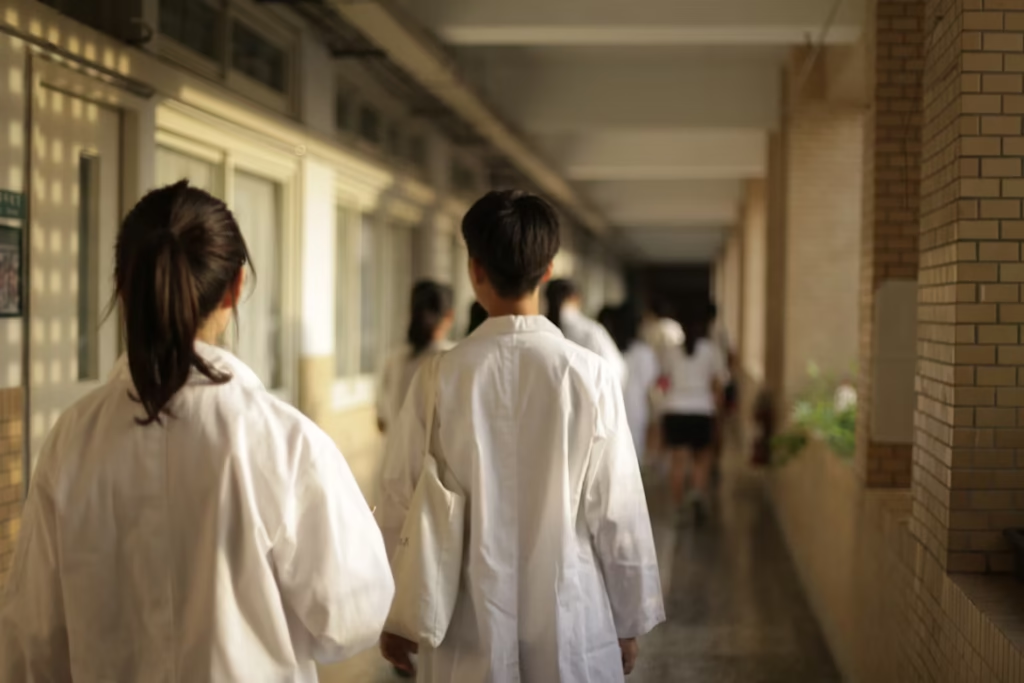In a historic move to address the growing mental health crisis among children and adolescents, U.S. health officials announced today a comprehensive plan to significantly expand mental health services in schools across the country. The initiative, set to roll out in the 2025-2026 school year, will provide increased access to counseling, therapy, and mental health education for millions of students, aiming to combat rising rates of anxiety, depression, and other mental health challenges in young people.
On January 25, 2025, the Department of Health and Human Services (HHS) unveiled the initiative, which includes funding for schools to hire additional mental health professionals, integrate mental health education into school curriculums, and expand telehealth services for students in underserved communities. The goal is to ensure that every student has access to timely, effective mental health support, regardless of their socioeconomic background.
“We know that mental health challenges among our youth are reaching critical levels,” said Dr. Jane Williamson, the Secretary of Health and Human Services. “This initiative is about ensuring that students have the tools and resources they need to succeed both in and outside of the classroom. We are making a commitment to ensure that mental health support is just as accessible as physical health care in schools.”
The expansion comes at a time when the mental health needs of young people have become increasingly urgent. According to recent studies, nearly one in five children and adolescents in the U.S. are affected by mental health conditions, with rates of anxiety, depression, and suicide attempts rising dramatically over the past decade. The COVID-19 pandemic and its aftermath, including isolation and disrupted education, have exacerbated these issues, creating a surge in demand for mental health services.
The new initiative will allow schools to hire more school psychologists, counselors, and social workers, who will be available to provide counseling, group therapy, and crisis intervention for students. Additionally, the program will support the creation of virtual mental health services, making it easier for students in rural or underserved areas to access care remotely. Schools will also be provided with resources to train teachers and staff to recognize signs of mental health issues and provide initial support to students in need.
For many students, these services will represent a critical shift toward more proactive, accessible care. Until now, many young people have faced long wait times for treatment, often struggling to find the support they need before their conditions worsened. Under this new plan, schools will work closely with local mental health clinics and telehealth providers to ensure a seamless referral process, allowing students to quickly connect with professional services.
In addition to providing direct mental health care, the initiative includes efforts to reduce the stigma surrounding mental health. Part of the program will fund mental health awareness campaigns in schools, helping students and their families understand that seeking help is a sign of strength, not weakness. Educators will also be trained to integrate mental health lessons into the classroom, teaching students coping strategies, emotional regulation, and mindfulness techniques.
“This is a huge step toward creating a more supportive, inclusive educational environment,” said Dr. Maria Hernandez, a child psychologist and advocate for school mental health services. “By making mental health care a central part of the school experience, we are not only addressing issues when they arise but also building resilience and emotional intelligence in students from an early age.”
While the initiative has been praised for its forward-thinking approach, experts acknowledge that the success of the plan will depend on adequate funding, consistent implementation, and ongoing support. Critics argue that additional resources are needed to ensure that mental health professionals are not overburdened and that schools have the infrastructure necessary to provide quality care to all students.
Nonetheless, the announcement marks a significant turning point in how the U.S. approaches mental health care for young people. As more schools embrace this holistic approach to student well-being, it is hoped that this initiative will pave the way for a future where mental health is treated with the same urgency and importance as physical health, helping to ensure that every student has the opportunity to thrive.
